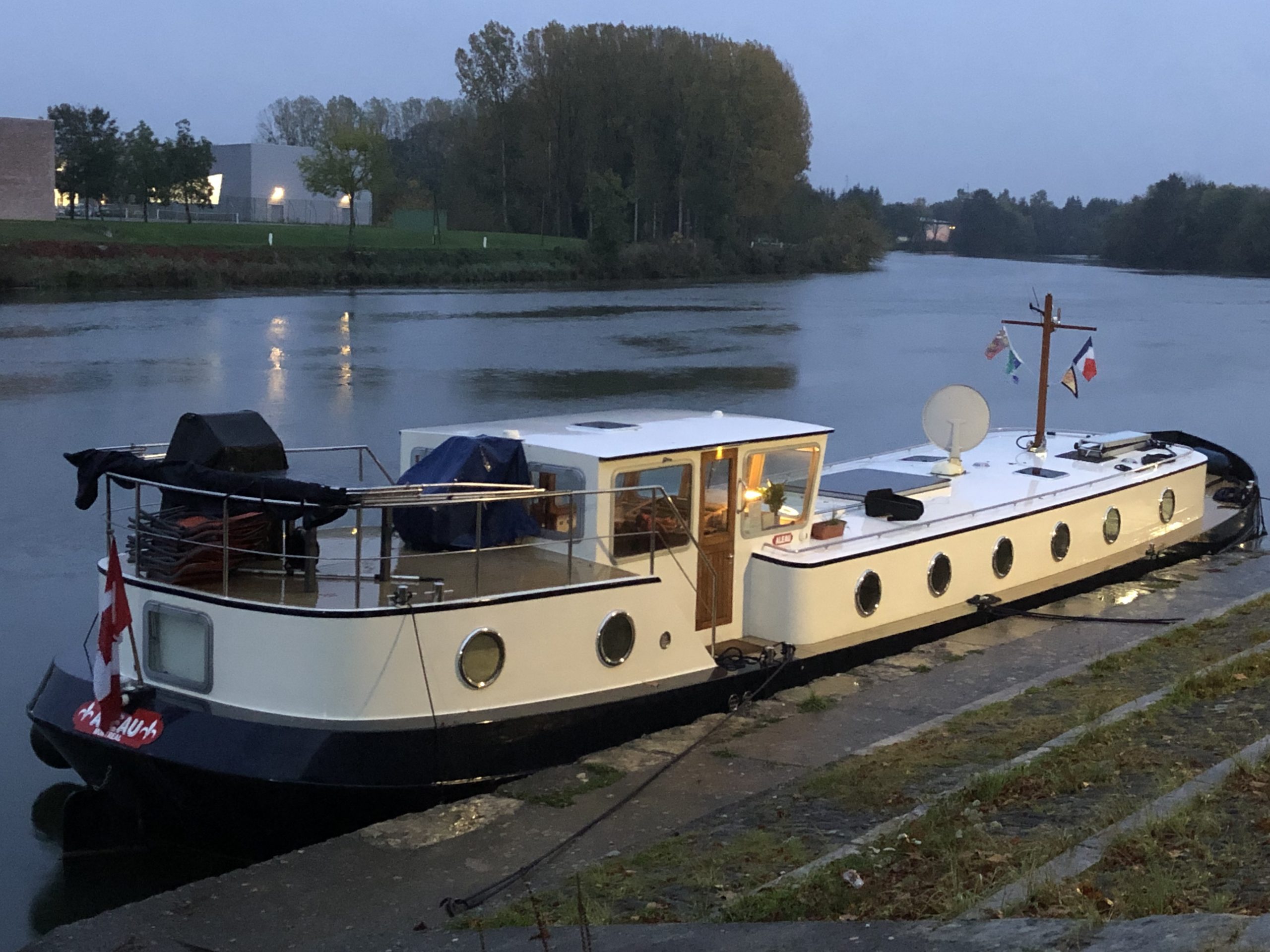In September, back from our mandated exile from Schengen countries, it was time to start cruising. The excessively high temperatures (45-degrees) in France over the summer meant the water level in many canals was too shallow. In fact, the VNF had to close a number of canals due to a lack of water.
Unlike rivers, canals must supply their own water. This is why they are a “modern” invention. Engineers first had to figure out how to get water into them. What they did was create reservoirs. This, too, was a feat as the reservoirs had to be higher than the highest point on the canal so water would flow from the reservoir into the canal – and they had to create a way to get the water from the reservoir to the canal. In addition, the reservoirs had to be large enough to supply water from spring to fall. That’s a lot of water.
Even the tiniest lock uses half-a-million litres each time a boat passes through. The Canal de Bourgogne has 189 locks. If only one boat were to pass through each lock, the Canal de Bourgogne would go through about 95-million litres per day. If ten boats passed through, the Canal de Bourgogne would use almost a billion litres of water – per day. All that would have to come from its five reservoirs – each day. Reservoirs that can only be replenished by rain.
